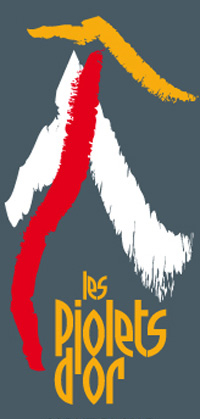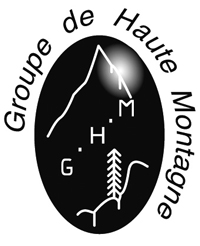©Marko Prezelj
In the 1980s Slovenian alpinists began to take the world by storm. Later, they would become well-known for their largely bold and fast ascents, made mostly in impeccable style over technically difficult ground, the players confident in their superior ability and reserves to travel lightweight and keep out of trouble.
All benefited from a fantastic training ground – the Julian Alps. Due to the diminutive size of the country (a largely autonomous state even before the break-up of Yugoslavia), the mountains are on almost everyone’s doorstep. They present a complex arena of limestone peaks, with huge walls not necessarily of best quality rock. Winter conditions were harsh, giving ample scope for proficiency on rock, ice, and mixed.
Silvo Karo grew up on a farm above the rural village of Brdo, northeast of Ljubljana, and began climbing when 17. He quickly bonded with Janez Jeglič and the older, more experienced Franček Knez, the trio going on to climb many new routes together, both at home and abroad. They became affectionately known as The Three Musketeers. Over two days in the summer of 1983, during their training for a first visit to Patagonia, the three put up 19 new routes in two days, largely climbing unroped, some of them in descent.
The highlights of Silvo’s career are perhaps the first ascents of the south face of Cerro Torre and the west face of Bhagirathi III, the latter widely acknowledged at the time to be the hardest technical ascent in the Indian Himalaya. These were both climbed with Janez Jeglič during their 10-year partnership, though Karo considers Psycho Vertical (Jeglič-Karo-Knez) on Torre Egger to be the best new route he climbed in Patagonia.
Rolando Garibotti writes: “when I met Silvo he was in his prime – 70kg of motivation and decisiveness, little talk and all action. Over the ensuing years we managed to share a rope on a good number of occasions, in Yosemite, Patagonia, and elsewhere. Climbing with him felt like cheating. Condensed in one man were all the skills one could possibly need in the mountains, from a rope-gun to lead the hardest pitch, to an army of porters for heavy loads, to an entire rescue team if something was to happen. He had the energy of a train, and there was something distinctly reassuring about the way he pounded pitons: the rock would ask for forgiveness. No matter the conditions, when faced with an objective he cared about, his determination was unwavering. Here was an honest, no-nonsense man, for whom I have always had enormous respect. Some of his climbs are the stuff of legend and have inspired climbers the world over. He has left an indelible mark on the sport”.
Silvo has climbed over 2000 routes and made more than 300 first ascents. A selection of his most significant contributions outside Slovenia include:
|
1983 1985 1986 1987 1990 1993 1996 1997 |
1999 2000 2002 2003 2005 2006 2009 During all this time he made many new routes, first free ascents, and speed climbs in his native Julian and Kamnik Alps, including mountain routes such as Zaumak Nerva (7c) that were the most difficult in the country at the time. At his peak he was red-pointing 8a. |
In 2007 he founded the Mountain Film Festival in Slovenia, which aims to increase the production of Slovenian mountain films and popularize mountain culture.
In 2010 the then President of Slovenia, Danilo Turk, conferred one of the highest state honours, the Order of Merit, on Karo and Knez for 'their achievements in Slovenian mountain climbing and for their contribution to the reputation of Slovenian mountaineering, and the greater recognition of Slovenia, throughout the world'.
Lindsay Griffin


















